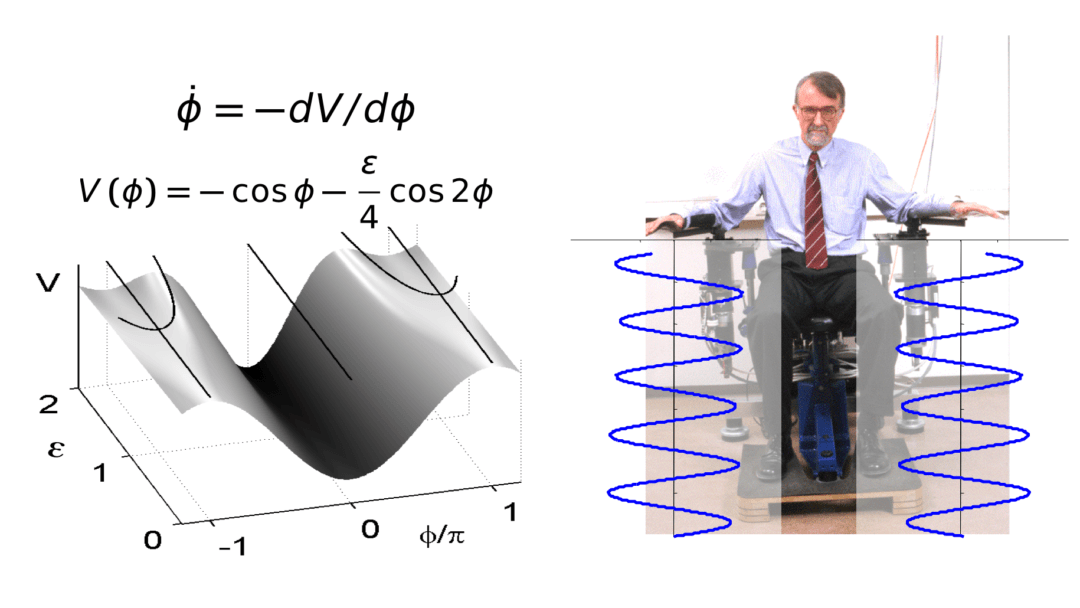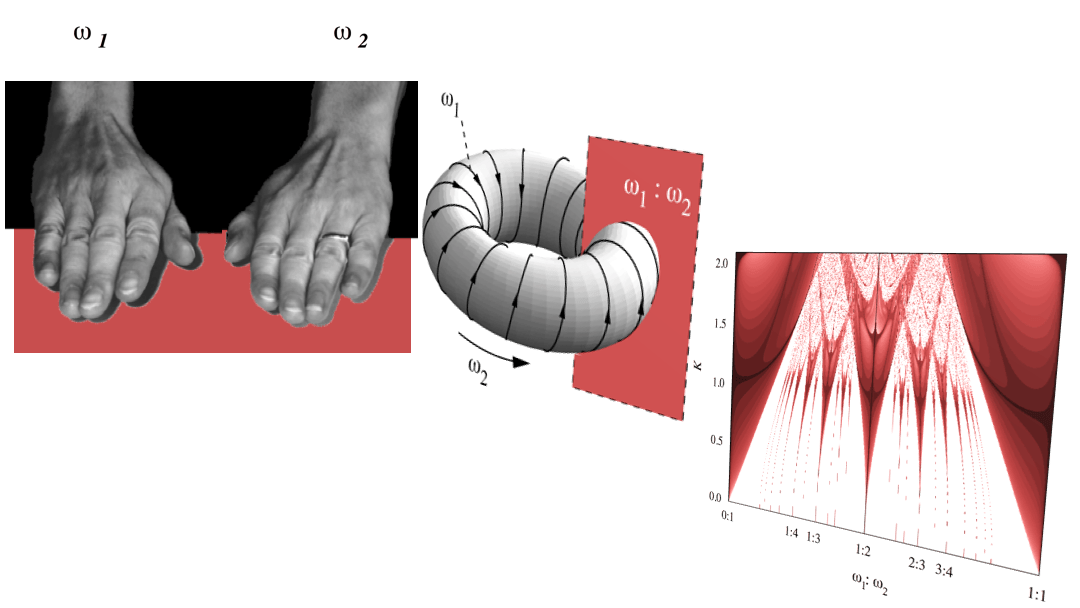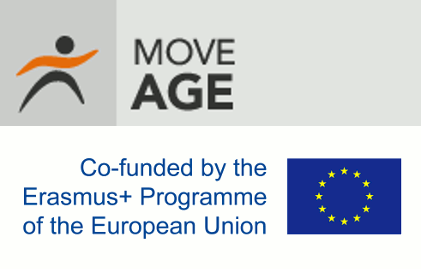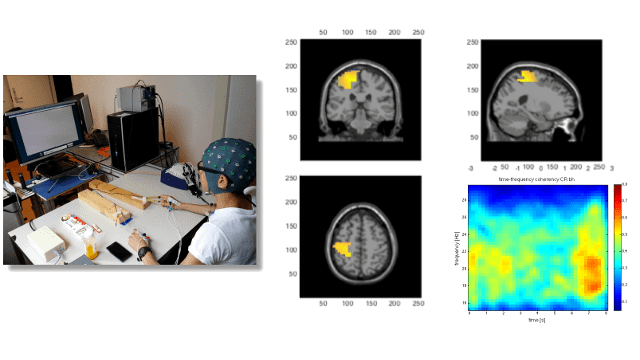Age effects in bimanual coordination
Project Parameters
Our approaches
- We study the relationship between altered inter- and intra-hemispheric structural and functional connectivity in the bilateral motor network. Our focus is on the correlation between connectivity and declined motor performance in older adults.
- Behavioral paradigms contain (the learning of) bimanual coordination.
- Functional connectivity is assessed through EEG and fMRI.
- Structural connectivity is determined via DWI-based tractography.
Related PhD Projects
Effects of ageing on inter-hemispheric cross-talk – studying EEG, FMRI, and DTI in the context of motor learning
Sabrina Chettouf & Andreas Daffertshofer
Age-related changes in the symmetry of cortical activity patterns during motor performance, with a specific focus on motor learning. For this, I performed simultaneous EEG/fMRI and DTI recordings in young and older adults at the Charité Medical Center in Berlin..
Does aging affect the interhemispheric crosstalk in the cortex?
Parinaz Babaeeghazvini & Andreas Daffertshofer
As part of the EU Erasmus Mundus program MOVE-AGE this projects investigates age-related effects of interhemispheric interactions and their consequences for bimanual motor performance.
Related Research Themes & Projects

Relative Phase Dynamics
The stability of coordination can often be addressed via the relative phase between the individual limb movements. We are studying in detail the effect of different interactions between limbs, effects of noise and non-autonomous forcing.

Bimanual Coordination
We study how different control processes contribute to stabilizing the coordination between limbs, and how they change as a function of, e.g., movement frequency and amplitude, learning, development and pathology.

Move-Age
Understanding Ageing and Mobility. Funded by the EU as part of the Erasmus Mundus program, this international training network involves 40-odd PhD students studying age-related changes in human movement.

